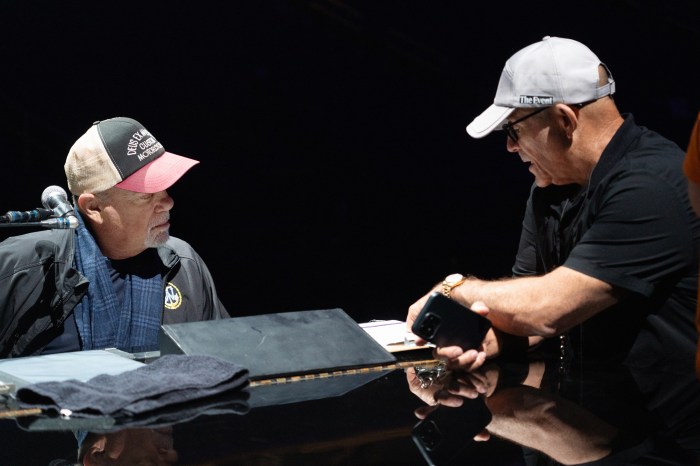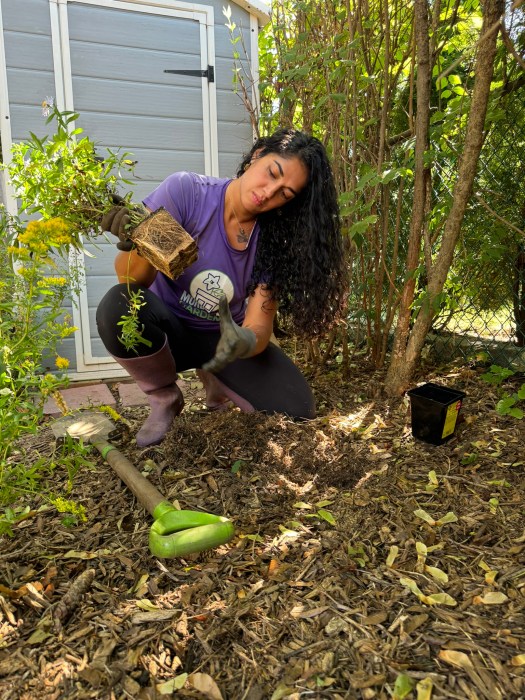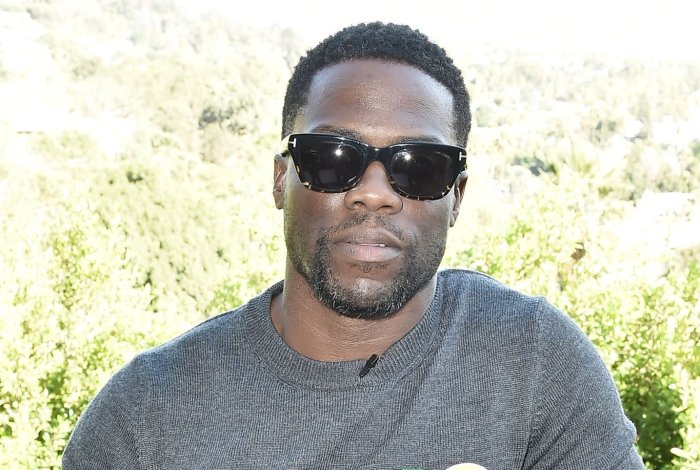
Hope everyone got some extra rest last night, because tomorrow morning you’re going to wake up with one less hour of sleep.
That’s right. Don’t forget to move your clocks ahead one extra hour Saturday night.
On Sunday at 2 a.m., the time will spring ahead an hour, meaning everyone will lose an hour of sleep, but it’s not all bad. There will be an extra hour of daylight, and with the warm weather we’ve been seeing around these parts, that means some more time outdoors, going for a walk, throwing around the football, or just relaxing in the backyard.
Here’s how DST works. In the northern hemisphere, Daylight Saving Time begins on the second Sunday in March and ends on the first Sunday of November. The clocks are changed in the middle of the night on a weekend in an effort to cause the least disruption.
This doesn’t affect everyone, however. Some states and territories don’t observe DST, including Arizona, Hawaii, Puerto Rico, the Virgin Islands, American Samoa, Guam and the Northern Marianas Islands.
The practice has been criticized and reported to cause problems for farming and other occupations tied to the sun.
The United States Energy Policy Act of 2005 says Daylight Saving Time begins on the second Sunday of March and ends on the first Sunday of November.
It is said that Benjamin Franklin (what didn’t he do?) was the man behind the time change, and suggested the idea in 1784. Though it’s noted that ancient civilizations adjusted schedules to the sun to take advantage of sunlight hours.
The concept of DST was also credited to New Zealand entomologist, George Hudson, whose job gave him more leisure time and led him to value daylight, ultimately proposing a two-hour daylight-savings shift.

































